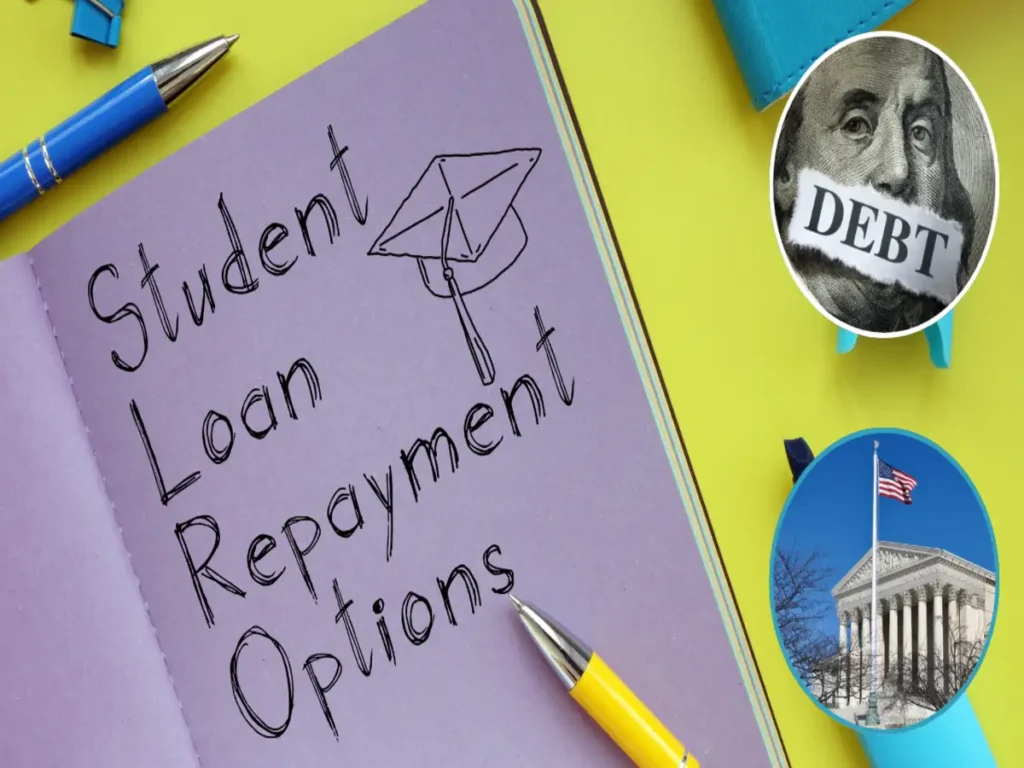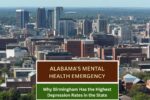Starting May 5, 2025, millions of Americans with defaulted federal student loans will face the return of collections after a five-year pause that began during the COVID-19 pandemic. The U.S. Department of Education announced this shift as part of its broader efforts to transition borrowers back into repayment and clean up default portfolios.
The move affects around 5.3 million borrowers currently in default and potentially more who have fallen behind. Here’s what you need to know—and do—if you’re one of them.
What’s Changing?
The Department of Education will resume involuntary collections, including tax refund garnishments, Social Security offsets, and later this year, wage garnishments. These collections are part of the Treasury Offset Program (TOP), which allows the federal government to seize certain payments from defaulted borrowers.
“Collections will begin automatically unless borrowers take action,” a senior Education Department official said during a press briefing.
Borrowers in default can expect an official notification via email or mail by early May, detailing their status and outlining available options.

What You Can Do to Avoid Collections
If you’re in default, you have two primary ways to stop or avoid collections and return to good standing: loan rehabilitation and loan consolidation.
1. Loan Rehabilitation
This program allows borrowers to remove the default from their credit report by making nine consecutive, on-time, affordable monthly payments, typically based on income.
- You can only rehabilitate a loan once in a lifetime.
- After successful completion, your loan is restored to good standing.
2. Loan Consolidation
This option lets borrowers combine their defaulted loan(s) into a new Direct Consolidation Loan.
- To qualify, you must either make three voluntary payments or agree to an income-driven repayment (IDR) plan.
- Consolidation is faster than rehabilitation but does not remove the default from your credit report.
Repayment Plans That Can Help
Many borrowers returning to repayment will qualify for an income-driven repayment plan, including the newly introduced SAVE (Saving on a Valuable Education) plan.
SAVE caps monthly payments based on your income and family size, often reducing payments to $0 for low-income borrowers.
However, there is concern among advocates and borrowers that SAVE could be targeted for removal in future budget negotiations, making timely enrollment crucial.
How to Check If You’re in Default
To check your loan status:
- Visit StudentAid.gov.
- Log in using your FSA ID.
- View your loan details under the “My Aid” section.
If your loan shows as “in default,” you’ll need to act quickly to prevent garnishments or loss of benefits.
Who to Contact
Borrowers in default should contact the Default Resolution Group (DRG) as soon as possible to discuss options and begin the process of getting back on track.
- DRG Website: https://myeddebt.ed.gov
- Phone: 1-800-621-3115
Prompt action could prevent serious financial consequences like tax refund seizures or wage garnishment.

Why This Matters
Many Americans—especially low-income borrowers and older adults on fixed incomes—are at risk of financial strain if involuntary collections resume.
“The resumption of collections could drive already vulnerable borrowers further into financial hardship,” noted a Brookings Institution analyst.
Advocacy groups are urging the government to extend protections or offer blanket discharges for certain groups of borrowers. However, for now, the burden falls on individuals to take the necessary steps to protect themselves.
Final Thoughts
The return of student loan collections is a significant development for borrowers in default. If you’re one of them, the time to act is now. Whether you choose loan rehabilitation, consolidation, or an income-driven repayment plan, taking proactive steps can help avoid financial hardship and restore your credit standing.
For official updates and help, visit https://studentaid.gov or contact the Default Resolution Group.
This article has been carefully fact-checked by our editorial team to ensure accuracy and eliminate any misleading information. We are committed to maintaining the highest standards of integrity in our content.

Deepak Grover is a dedicated content writer at OTE News, specializing in government affairs, public policy, and current events. With a keen eye for detail and a passion for factual reporting, he ensures readers receive accurate and insightful news. Deepak holds a degree in Political Science and has experience in research-driven journalism.
When not writing, he enjoys reading historical books, exploring hiking trails, and staying updated with global political trends. His commitment to ethical journalism makes him a trusted voice at OTE News.




